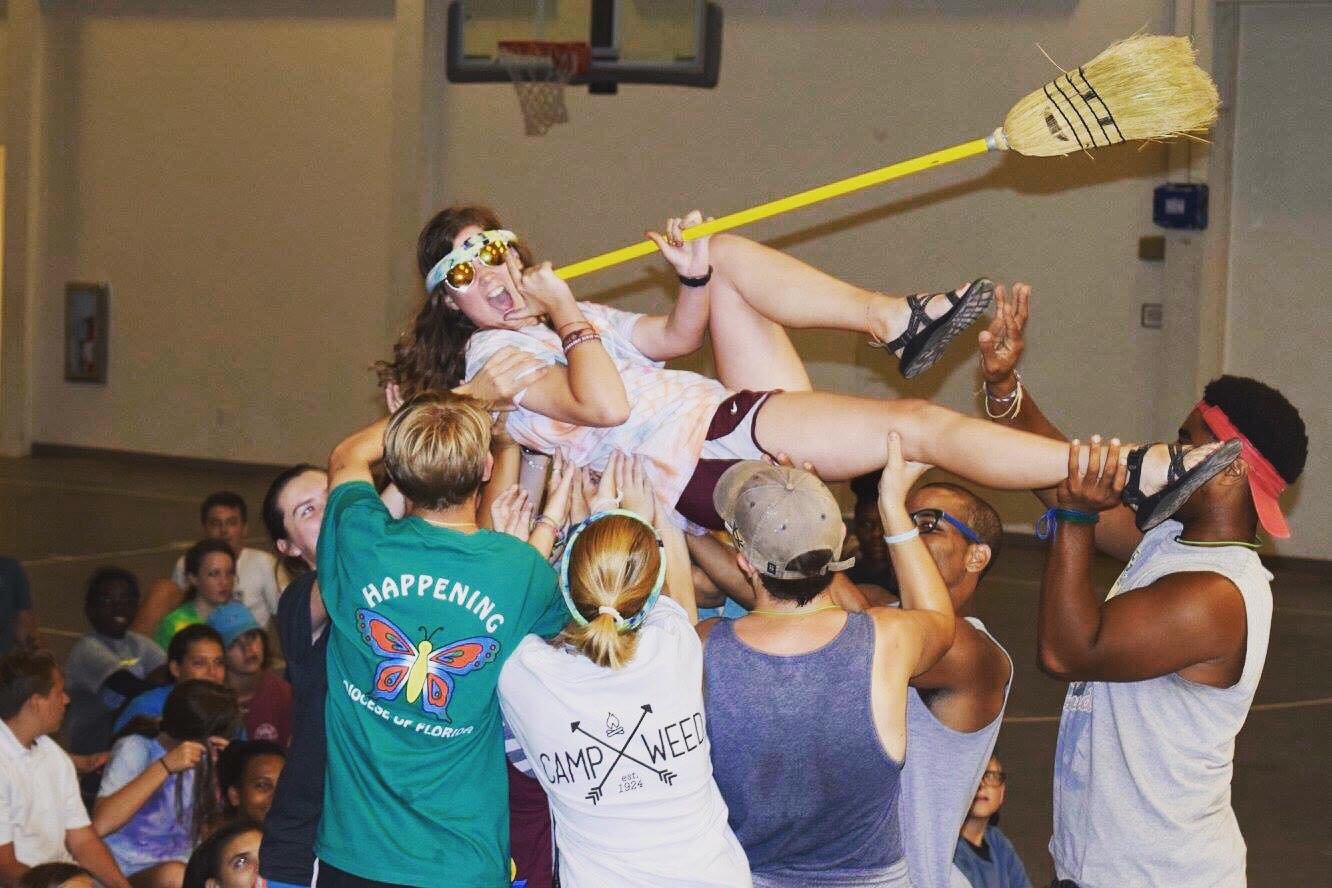The Summer Camp Society Blog

Ideas to Bring the Fun Indoors
Creative ideas for indoor activities at camp are shared, focusing on keeping campers entertained when outdoor options aren't available. From high-energy games to team-building exercises, the post emphasizes ways to maintain engagement and fun, despite space or weather challenges.

When Change Fails

The Power of Boredom
The blog post emphasizes the Power of Boredom, highlighting how boredom can spark creativity, self-discovery, and deeper connections among campers. It encourages camp leaders to allow unstructured time during camp to give campers the space to explore their interests, think independently, and engage more meaningfully with their peers and environment.

Dearest Fellow Straight White Dudes
This blog is a candid reflection aimed at straight white men working in the camp industry, encouraging them to engage in conversations about privilege, power, and inclusivity. The post urges readers to challenge themselves, listen actively, and support the work of marginalized groups, with the goal of creating a more equitable and inclusive camp culture

Cookie Jar Communities
This blog explores the concept of “cookie jar communities,” where camp leaders build trust, connection, and emotional safety among staff and campers. The metaphor highlights the importance of accumulating positive experiences and emotional deposits that foster a strong, resilient community. It emphasizes intentionality in building relationships and supporting one another through both challenges and celebrations.

We Need to Reprioritize Paper Applications.
This blog argues for the importance of offering paper applications for camp staff and families, especially for those who may not have reliable access to digital technology. It highlights the equity issues that arise when camps solely rely on online applications and suggests that offering multiple application formats can help create a more inclusive and accessible environment for all potential campers and staff members.

Creating a Year-Round Camper Board
This blog discusses the idea of establishing a year-round camper board to foster stronger engagement and feedback from campers throughout the year. It highlights the benefits of empowering campers to have a voice in decision-making, contributing to camp programming, and staying connected beyond the summer months. The post also offers practical steps for setting up and managing such a board effectively.

